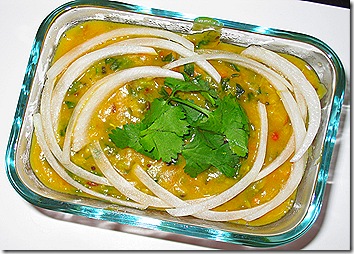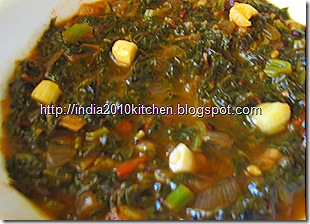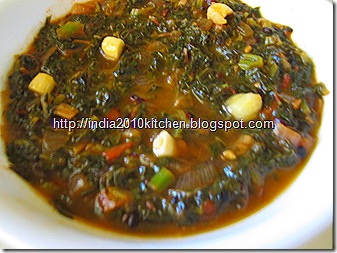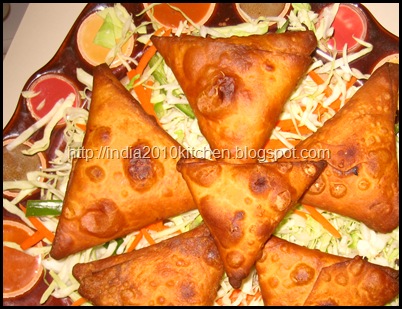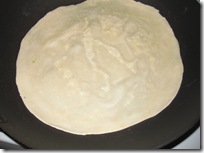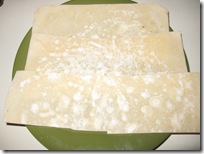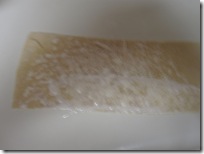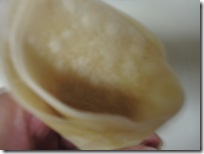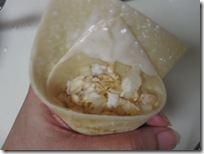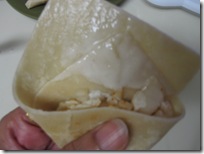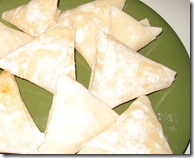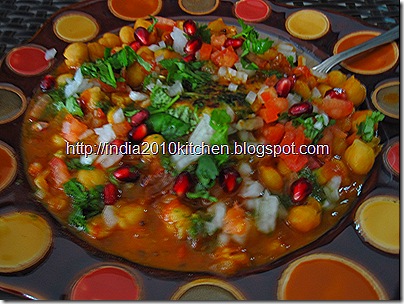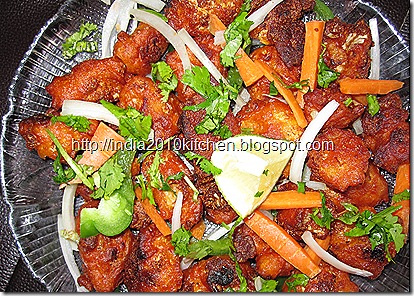Appalu-this is the main neivedyam recipe for Lord Hanuman. This sweet prasadam with crunchy outer layer and soft smooth inside tastes awesome. As a child I remember going to the temple near my house every Tuesday specially for this Prasadam. Some make these with rice flour and some use the wheat flour and some others combine both the flours. I remember the temple poojari’s wife near my house making them with wheat flour, I love the taste and I prefer using wheat flour. The appalu made with the rice flour tastes some what similar to arisalu, the one’s made with wheat flour tastes different but you cannot resist yourself form eating more. Well, the taste of the prasadam at temple is unbeatable, but I tried hard to get the exact taste.
INGREDIENTS- Wheat flour 1 cup
- Rice flour 2 Tsp
- Grated jaggery 1 cup
- Water 1/2 cup
- Elaichi powder 1 tsp
- Ghee 2 Tsp
- Oil for deep frying
Combine the grated jaggery and water and keep the mixture on a stove. When the jaggery melts and just begins to boil add the ghee, cardamom. Switch off the flame and slowly add the flours. Mix well till you make a smooth soft mixture. The mixture should be tight and not watery. If required add more of the flour. You should be able to make a round ball with the mixture.
Heat oil in a pan for deep frying. Grease your palms with oil/ghee and make a round ball out of a small amount of mixture. Gently press the round on your palm to make a flat patty. Alternatively you can use a banana leaf or zip lock cover to make the appalu. Gently drop the appalu into the hot oil. Fry them on medium flame to deep brown color. Frying them on medium flame cooks them from inside. When the appalu are done gently press them between two ladles so that excess oil is removed (the same we as we do for arisalu or sojjappalu) and place them on a tissue paper. When the remaining oil is removed serve them.
TIPS
- Rice flour gives the appalu a crunch. Increase the quantity to get extra crunchy layer.
- Removing the extra oil is an important step.
- Do not overcrowd the pan as they tend to stick with one another and break.
- The flour jaggery mixture should not be too hard or too soft. If it is too hard the appalu will be hard and if is too soft they absorb more oil. You should have the right consistency and this is attained only by practice.
- If you are not able to make soft appalu every time try adding 2 Tsp of grated coconut to the mixture and sure you will get softer appalu.
